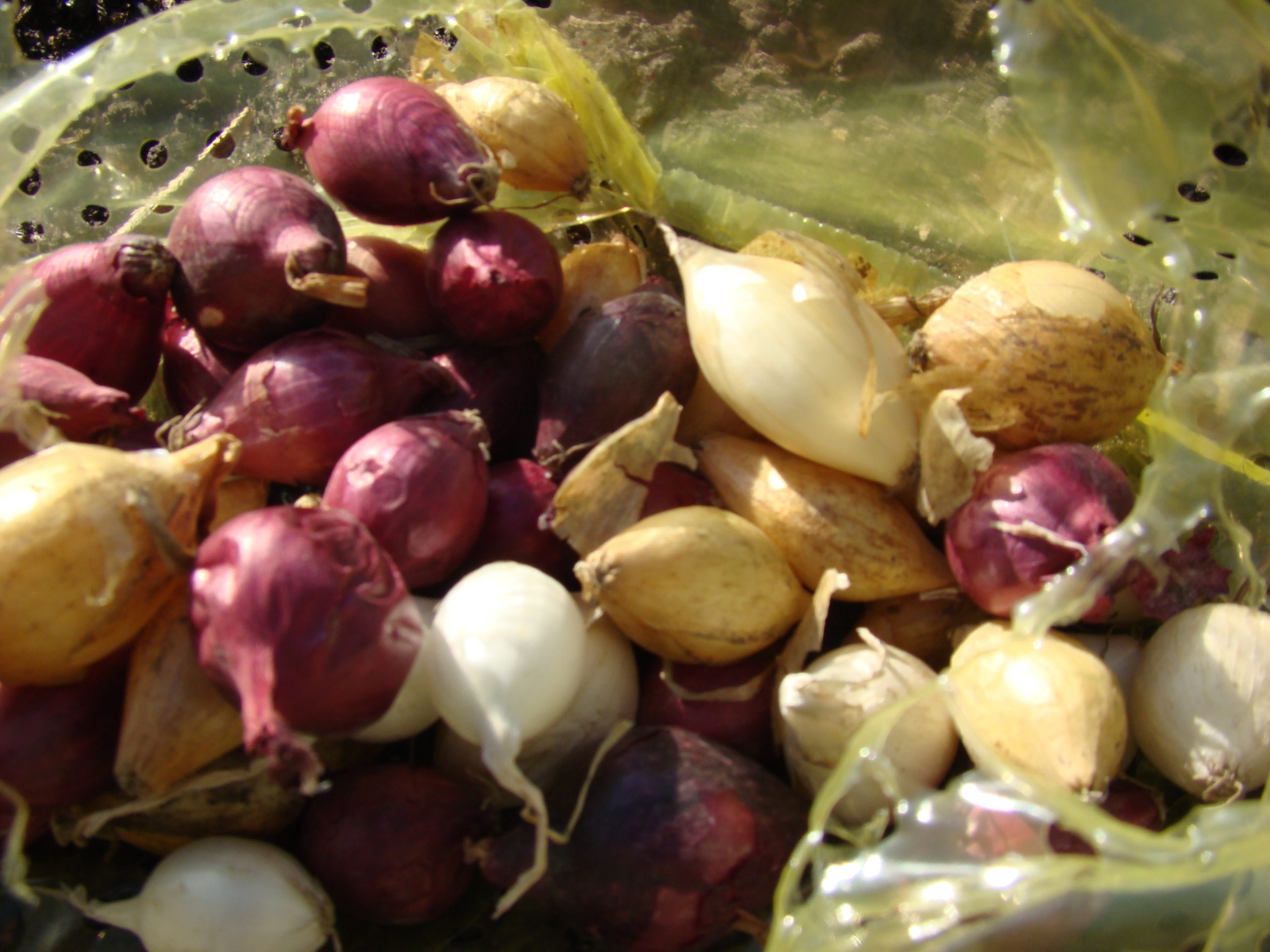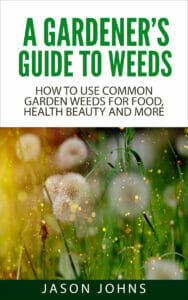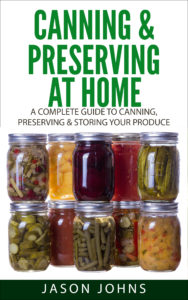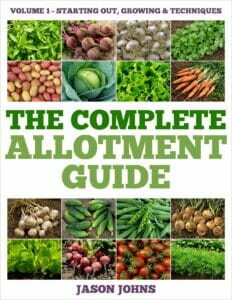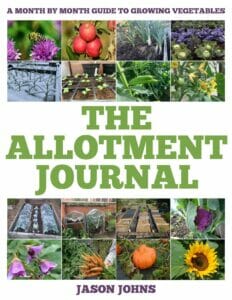Feburary is usually a cold month for us, with many in more northerly climates will still have snow on the ground and frosts are still common.
This is a month where you really need to understand what the growing conditions are where you live. For some further south, planting will be possible, but for most of us, it is time to stay in side and lay the foundations for later in the year. It isn’t worth planting much in the ground as it is frozen and waterlogged, which means many seeds will rot.
However, do not dismay as there are plenty of things you could be getting on with!
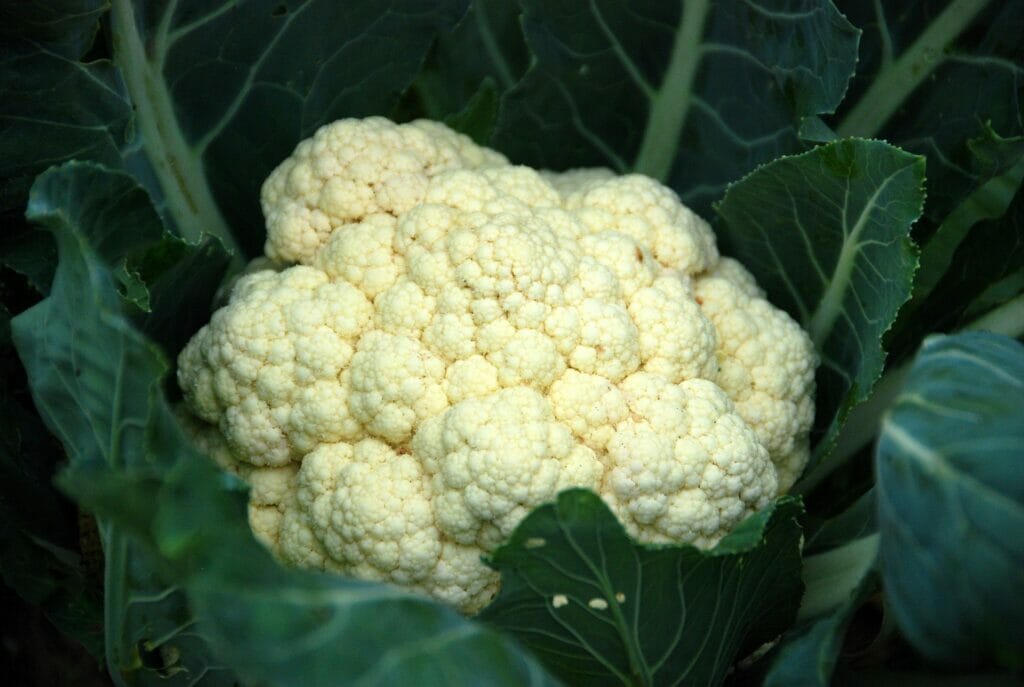
What To Harvest
There will still be some things to harvest at your allotment from last year. Keep a close eye on everything because the cold and wet weather can damage some of your plants.
- Brussels Sprouts – there should still be some sprouts left on the plants, if you haven’t already harvested them all. If they are starting to get a bit big and look like they are going to blow, harvest them, then blanch and freeze them.
- Celeriac – lift these as and when you need them. Be careful when trimming the roots as slugs can hide in them.
- Endive – winter hardy endive will still survive, if they are covered with cloches. Harvest entire heads or just the outer leaves.
- Jerusalem Artichokes – this is the last month to harvest these. Any tubers left in the ground are likely to start sprouting next month.
- Kale – this hardy plant will still be producing leaves for you. Keep harvesting them regularly to encourage the production of more leaves.
- Leeks – lift these as and when you need them.
- Parsnips – these should last in the ground until next month, but if the weather gets very cold, cover them with 6″/15cm of straw to protect them.
- Sprouting Broccoli – keep harvesting the spears as this will encourage the production of more.
- Swedes – if there are any left in the ground, lift them this month. Check that they are not too coarse and woody to eat.
- Winter Cabbages – these can still be left in the ground or cut and brought indoors. Hang them in a cool place to store them.
- Winter Cauliflowers – these will have stopped growing by now and it is worth harvesting them to prevent damage to the curds. Blanch and freeze any excess.
- Winter Salad Leaves – you can still be harvesting your winter salad leaves providing you protected them from the cold.
Vegetable Plant Jobs
Work is starting to increase in the vegetable garden as you prepare for summer. Although it is still cold and wet, you should be able to get out more this month.
- Broad Beans – if the ground isn’t frozen, sow direct outside, otherwise if the weather is cold, sow indoors in pots.
- Brussels Sprouts – early cultivars can be sown indoors in modules this month for planting out in April or May.
- Cucumbers – seeds can be sown indoors at a temperature of 21C/70F.
- Garlic – plant cloves now, but if the ground is frozen or waterlogged, wait until next month.
- Globe Artichokes – sow in pots and keep at a temperature of 18C/65F until they germinate. Keep them indoors until April or May when they can be planted out.
- Jerusalem Artichokes – plant tubers outside, taking into account where they will cast shade so other crops do not have their sunlight blocked. If it is very cold, cover with cloches.
- Kohl Rabi – early cultivars can be sown indoors in modules this month to plant out in April or May.
- Leeks – these can still be started off from seed this month.
- Lettuces – start seeds off indoors, then plant out under cover next month.
- Onions – seeds can be started off now at a temperature of 10C/50F for planting out in March or April.
- Potatoes – start chitting your potatoes. Place your potatoes in egg cartons, without the lid on. Make sure the side with the most eyes is facing upwards. These can chit for several weeks until you are ready to plant them outside. Chitting pre-sprouts the potatoes before planting which helps speed up the growing process when you plant them. The jury is out of whether this needs doing or whether this just needs doing for maincrop potatoes. It doesn’t hurt and certainly helps in cooler climates.
- Peas – in milder areas, peas can be sown outdoors under cloches. Warm the soil up with a cloche before planting.
- Radishes – seeds can be sown in modules/pots indoors providing night time temperatures remain above 5C/40F.
- Shallots – these can be planted in shallow drills with 7″/18cm between sets. Leave the tips slightly exposed above the soil.
- Spinach – a fast growing variety can be sown indoors now, planted out in March for harvesting in April or May.
- Sprouting Broccoli – early cultivars can be sown indoors in modules this month to plant out in April or May.
- Tomatoes – seeds can be sown indoors at a temperature of 21C/70F.
- Turnips – early varieties can be sown outdoors under cover.
- Winter Salad Leaves – these can still be sown in a greenhouse or cold frame.

Fruit Tree/Bush Jobs
It will still be quiet in the fruit garden due to the cold, but there are a few jobs you can do.
- Bare Root Plants – these can be put in the ground this month providing it is not frozen or waterlogged.
- Apricots – fleece your apricot trees to protect them from rain and frost. Be prepared to hand pollinate the flowers though.
- Blueberries – finish witner pruning your blueberry plants.
- Currants – finish winter pruning all your currant bushes.
- Feed – feed and mulch your fruit trees and bushes.
- Gooseberries – this is the last month to winter prune your gooseberries.
- Peaches/Nectarines – fleece the trees to protect the blossoms from the cold. If you can uncover them on warmer days it will mean you don’t need to hand pollinate the trees.
- Pruning – finish pruning your apples and pears this month as the sap will start rising at the start of March.
- Raspberries – prune your autumn fruiting raspberries this month by cutting them right down to the ground.
- Rhubarb – rhubarb can be forced, but remember if you force it this year, you need to rest it next year. Forced rhubarb is very sweet. Cover one or two crowns with a large black bucket to force the rhubarb, then insulate with straw or manure to help give it more heat.
- Supports – check all wires, ties and stakes to ensure they are in good condition. Replace or repair any that are damaged.
General Jobs
This month is all about preparing for the growing season by digging in compost and manure, warming the soil and finishing pruning trees and bushes.
- Asparagus – order new crowns now for planting in March or April. As this requires a permanent bed, think carefully about where you will put your new asparagus bed. Start preparing the ground now by digging in plenty of well-rotted compost.
- Raised Beds – top up the soil in your raised beds using well-rotted compost or manure.
- Soil – prepare the soil for next year. Cover areas that you want to plant in next month to warm the soil. Dig in manure or compost to improve the soil.
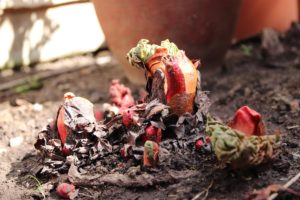
Greenhouse and Polytunnel Jobs
Your greenhouse will start to fill up this month as you start seeds off. If your greenhouse gets too cold, you may want to keep seeds indoors until it warms up a little more.
- Cleaning – wash the glass to let more light into the greenhouse.
- Peaches/Nectarines – hand pollinate these if they are in your greenhouse using a soft paintbrush.
- Sweet Peas – start these off in deep pots and keep them frost free. You can use the cardboard insides of toilet rolls.
